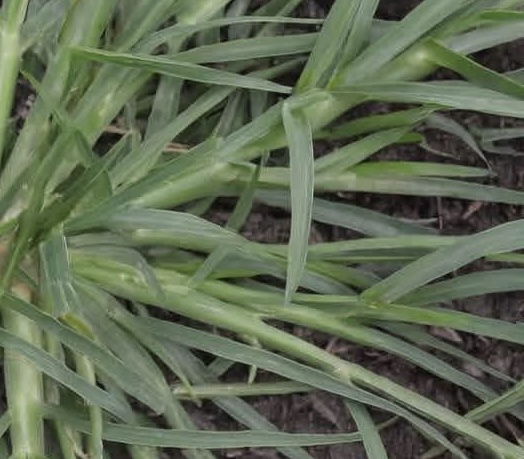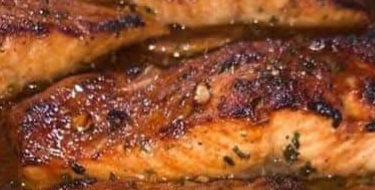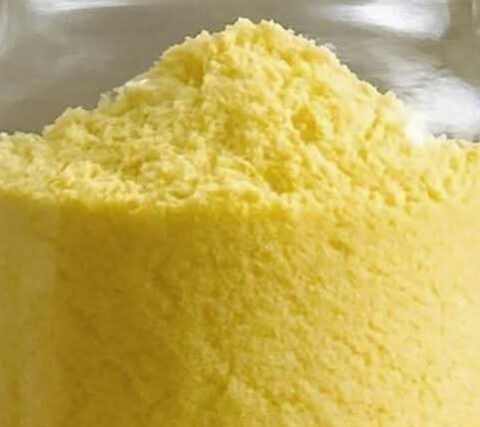Tired of battling dull, greasy hair or a flaky scalp?
Meet Goosegrass (Eleusine indica) — a wild plant with hidden beauty benefits that your hair has been waiting for.
Used in traditional remedies across various cultures, goosegrass is rich in antioxidants, minerals, and soothing properties that can help purify the scalp.
reduce excess oil, and bring your hair back to life. It’s nature’s way of saying goodbye to build-up and hello to balance.
Ingredients
A handful of fresh goosegrass (Eleusine indica)
Water
A few drops of essential oil (like tea tree or rosemary, optional)
Apple cider vinegar (optional, for scalp balancing)
Aloe vera gel (optional, for moisture)
Instructions
Start by harvesting fresh goosegrass. Make sure to collect it from a clean, pesticide-free area. Wash the plant thoroughly under running water to remove any dirt or debris.
Boil a pot of water and add the cleaned goosegrass. Let it simmer for about 15 to 20 minutes to extract the beneficial compounds. The water will take on a light greenish hue.
Once done, remove from heat and allow the mixture to cool completely. Strain the liquid to separate the plant matter from the infusion. You’ll be left with a natural herbal rinse.
You can enhance the benefits by adding a spoon of apple cider vinegar to balance scalp pH or a bit of aloe vera for hydration.
A few drops of essential oil can also boost antimicrobial action and leave a pleasant scent.
Pour the mixture into a clean bottle or spray container for easy use. It can be applied directly to the scalp and hair after shampooing.
Massage it gently into the scalp, ensuring even distribution throughout the hair. Let it sit for 10 to 15 minutes before rinsing out or leave it in as a no-rinse tonic for oily scalps.
Repeat this process two to three times a week for best results. With consistent use, you’ll notice reduced oiliness, calmer scalp conditions, and softer, shinier hair.
How to Make
Begin with gathering a good amount of goosegrass. If it’s your first time, you can identify it by its grassy, narrow leaves and clustered seed heads—commonly found in lawns and gardens.
Rinse the plant thoroughly to remove any dirt or bugs, just like you would with fresh herbs. This ensures your final mixture is clean and safe for your hair and scalp.
Place the washed goosegrass in a small pot and cover it with water. Bring it to a gentle boil, then let it simmer so that the active compounds seep into the water.
Once it’s finished simmering, allow the mixture to cool. You don’t want to use it hot on your scalp. Strain it well to separate the herb from the liquid.
If you’re customizing the rinse, now is the time to add extras like essential oils or aloe vera. These additions make the treatment more targeted to your scalp or hair needs.
Pour the finished product into a spray bottle or squeeze bottle for easy application. Keep it in the fridge if you plan to store it for a few days.
Use it after washing your hair or in between washes to refresh your scalp. Massage it in to boost circulation and absorb all the natural goodness goosegrass has to offer.
Variations
You can mix goosegrass with other herbal infusions like nettle or rosemary for added hair-strengthening properties. Each herb brings something unique to your hair routine.
If dandruff is your main issue, pair goosegrass with a few drops of tea tree oil. This natural antifungal combination helps calm flakiness and itchiness.
For dry hair types, blend the goosegrass infusion with a bit of coconut milk or aloe vera. This gives an extra boost of moisture to balance the scalp treatment.
To target scalp buildup, mix a bit of baking soda into your rinse once a week. This helps exfoliate dead skin and product residue naturally.
Use the infusion as a base for a hair mask by combining it with clay or mashed avocado. Apply it as a scalp treatment for deeper cleansing.
Add a splash of lemon juice to the goosegrass rinse if you want natural shine and scalp clarifying benefits. The vitamin C helps remove dull residue.
You can even freeze the infusion into ice cubes and use them as a scalp massage treatment. It’s refreshing, boosts blood flow, and helps tone the scalp.
Tips
Always harvest goosegrass from clean areas—away from roadsides or chemically treated lawns. You want the purest form for your hair care.
Test a small patch of your scalp before full application, especially if you’re adding essential oils or other ingredients. This helps rule out any allergic reactions.
Don’t overdo it. Like any herbal remedy, moderation is key. Two to three times a week is enough to see benefits without overwhelming your scalp.
Store your goosegrass rinse in the refrigerator if you’re not using it right away. It can stay fresh for up to five days in a sealed bottle.
Combine with a gentle shampoo routine. Natural rinses work best when your hair isn’t coated in heavy product build-up.
Consistency is important. Herbal treatments take time, so give it a few weeks of regular use to notice visible improvements in scalp health and hair shine.
Always rinse thoroughly if you’re using goosegrass with other potent ingredients like ACV or tea tree oil. This helps avoid residue or dryness.
Conclusion
Goosegrass might be a common weed, but it holds powerful natural benefits for your hair and scalp. With regular use in your routine, this herbal remedy can transform dull, greasy, or flaky hair into something healthier, shinier, and far more manageable—straight from nature’s pharmacy.







